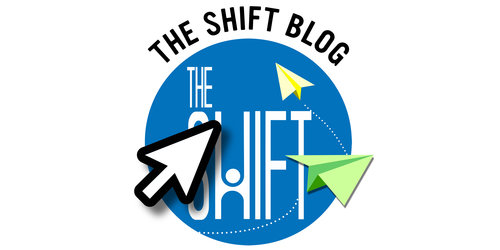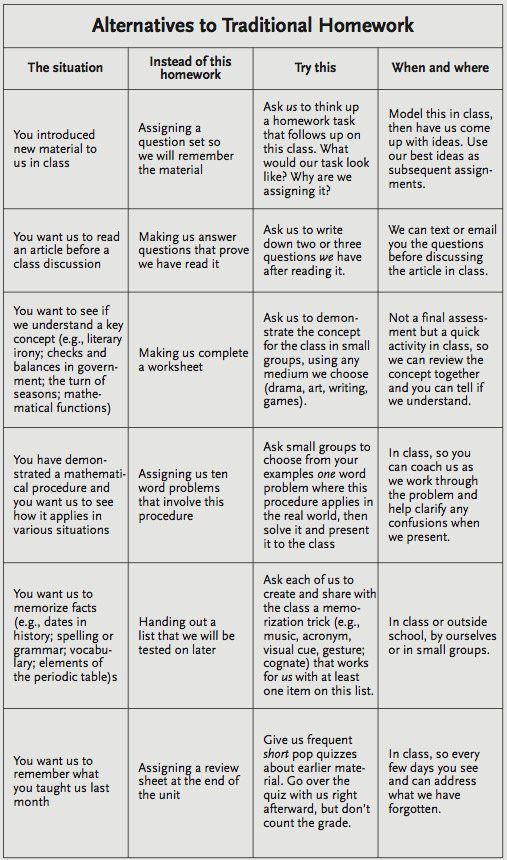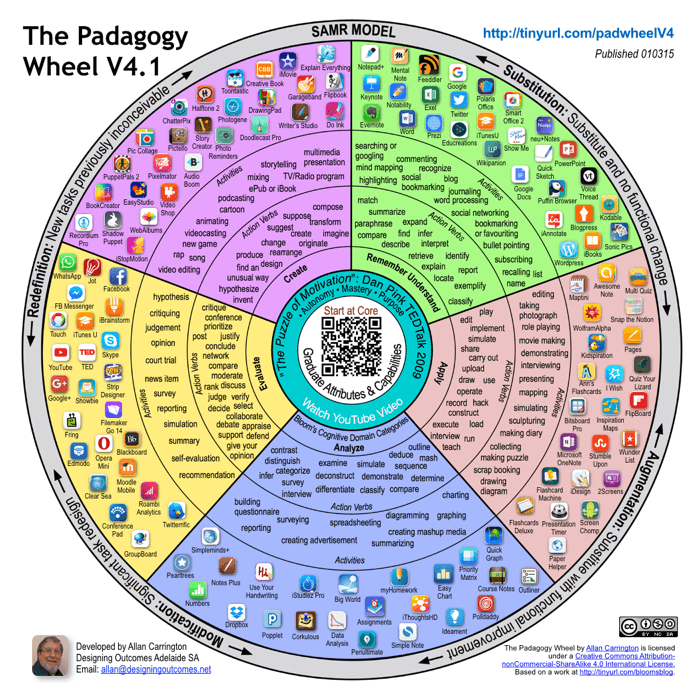school. After reading about teacher passion projects in the book Hacking Leadership by
Joe Sanfelippo and Tony Sinanis, I too wanted to support professional development in this
meaningful and purposeful way to members of my team. Teacher passion projects are
when teachers take control of their own professional learning through choosing an area of education
on which to focus. Topics are varied and learning is centred around working toward
becoming a better teacher overall. Learn about it here!
Read about here on HDSB's The SHIFT

As the project began, we had 5 people participate.
Topics included:
Distributed Learning and use it to introduce blogging into their pedagogy
Inquiry research on the positive impacts of exercise and diet on emotional well-being with a student
who struggles with mental wellness.
who struggles with mental wellness.
Special Education Additional Qualifications course work to understanding students with learning
disabilities better
Website development designed for teachers full of helpful and thoughtful resources.
disabilities better
Website development designed for teachers full of helpful and thoughtful resources.
Finally my own project … enhancing my leadership skills through supporting teachers in their
learning - a.k.a. - capacity building.
The outdoor activity that inspired the blog response to First time in the snow.
learning - a.k.a. - capacity building.
Outcome:
Some projects took right off and others continue to be a work in progress. What is important to me as
a leader is not the final product, but of course, the process of learning itself. The professional
conversations happening along the way are invaluable. In addition to conversations between myself
and participating team members, they were also asked to reflect on their learning more formally at
midterm and at the end of the semester. See reflection responses here: (Some people preferred to
discuss their answers orally rather than writing about them in the form - which is why you’ll see only
some responses.)
conversations happening along the way are invaluable. In addition to conversations between myself
and participating team members, they were also asked to reflect on their learning more formally at
midterm and at the end of the semester. See reflection responses here: (Some people preferred to
discuss their answers orally rather than writing about them in the form - which is why you’ll see only
some responses.)
My reflections:
Providing the opportunity for my colleagues to learn in this capacity allowed teachers to fuel their
understanding of working with exceptional students. They were able to engage with students in
meaningful ways ultimately creating positive impacts. The fact that teachers owned their own
professional development allowed them to make connections with each other and with kids in new
ways that were meaningful to them and their practice.
meaningful ways ultimately creating positive impacts. The fact that teachers owned their own
professional development allowed them to make connections with each other and with kids in new
ways that were meaningful to them and their practice.
As a program lead for Special Education at Milton District High School, one of my goals for my
department is to help filter special education knowledge throughout the school and support strategies
within regular classrooms. The team is diversified in their subject areas ranging from English,
English as a Second Language, Science, Student Success, The Arts - to name a few - and because of
the learning communities happening from within the Passion Project, this goal began a successful journey.
department is to help filter special education knowledge throughout the school and support strategies
within regular classrooms. The team is diversified in their subject areas ranging from English,
English as a Second Language, Science, Student Success, The Arts - to name a few - and because of
the learning communities happening from within the Passion Project, this goal began a successful journey.
Todd Smiley,program lead for Science and new to the SERT role this year pursued his Special
Education part 1 qualifications. He reflects by saying;
“[The learning from the passion project] gives me a new perspective on our students, their needs
and the best way to support them ... Through discussions and by supporting teachers in the
class I was able to share strategies that can be used to support exceptional students. ...
I learned new skills and was exposed to new ideas that I can implement in the classroom”.
Education part 1 qualifications. He reflects by saying;
“[The learning from the passion project] gives me a new perspective on our students, their needs
and the best way to support them ... Through discussions and by supporting teachers in the
class I was able to share strategies that can be used to support exceptional students. ...
I learned new skills and was exposed to new ideas that I can implement in the classroom”.
Allison Fuller, English teacher and new to the SERT role this year pursued Special Education
part 2 qualifications is now also inspired to pursue specialist qualifications in the area of
Special Education based on her learning this year.
part 2 qualifications is now also inspired to pursue specialist qualifications in the area of
Special Education based on her learning this year.
Some of the work done in a couple of the projects:
Christa Talarowski is a SERT new to Milton District High School last year. Her topic was to create a
website for educators that provided resources. Her intention was that educators be “provided with
learning opportunities and resources to build awareness." I hope to be the creator of resources
assisting educators in their pursuit of equity and inclusion of students)”. Her work can be
viewed here: Create With Positivity
learning opportunities and resources to build awareness." I hope to be the creator of resources
assisting educators in their pursuit of equity and inclusion of students)”. Her work can be
viewed here: Create With Positivity
The blogging project - Educator and SERT Christina Paquette was so excited to find an outlet that
allowed her to really create a community of learning within her ELL classroom. Here are some links to
her work:
allowed her to really create a community of learning within her ELL classroom. Here are some links to
her work:
Students new to Canada see snow for the first time and then blog about their experience.
See an example of the student the blog here: Walk on Snow for the first time.
More Reflections:
I set out with the intention to as a leader, support meaningful and purposeful professional development
within my department as a means to enhance teacher capacity within the school. It was invigorating for
me to work with my colleagues in a way that was supporting all of our learning. As much as they learned,
I too learned, growing my leadership skill set. I feel this project was successful and I would absolutely
run this initiative again.
The capacity to build professional learning communities within the department is a wonderful way to
bring cohesion to a team that works across several different departments. It is hard to connect with each
other daily, and this provided an opportunity to check in weekly ‘geek out’ in our learning.
The Passion Project opportunity also allows professional conversations to filter through to several
different departments, as teachers return to other departments , new ideas and strategies reach into
their team practices, spreading the knowledge of supportive and engaging strategies for kids who
learn differently throughout the school.
I set out with the intention to as a leader, support meaningful and purposeful professional development
within my department as a means to enhance teacher capacity within the school. It was invigorating for
me to work with my colleagues in a way that was supporting all of our learning. As much as they learned,
I too learned, growing my leadership skill set. I feel this project was successful and I would absolutely
run this initiative again.
The capacity to build professional learning communities within the department is a wonderful way to
bring cohesion to a team that works across several different departments. It is hard to connect with each
other daily, and this provided an opportunity to check in weekly ‘geek out’ in our learning.
The Passion Project opportunity also allows professional conversations to filter through to several
different departments, as teachers return to other departments , new ideas and strategies reach into
their team practices, spreading the knowledge of supportive and engaging strategies for kids who
learn differently throughout the school.
Next Steps:
I really like the structure I used to implement the project, and I am happy with the process.
I may consider personalizing the reflection questions to more specifically address
Special Education as it relates to my own school. I also know that as the school year progresses
so does the pace and intensity of the job. People become busier and time is of the essence,
as is energy. I recommend running an initiative like this once in a year.
Pick a semester and end date the project before the turnover.
Why? It puts some parameters on finishing. Although we know learning never really ends
and continues on, people also need to feel a sense of accomplishment and closure in their
initiatives. This allows them to plan their next steps in where they want to take their learning
moving forward.
I really like the structure I used to implement the project, and I am happy with the process.
I may consider personalizing the reflection questions to more specifically address
Special Education as it relates to my own school. I also know that as the school year progresses
so does the pace and intensity of the job. People become busier and time is of the essence,
as is energy. I recommend running an initiative like this once in a year.
Pick a semester and end date the project before the turnover.
Why? It puts some parameters on finishing. Although we know learning never really ends
and continues on, people also need to feel a sense of accomplishment and closure in their
initiatives. This allows them to plan their next steps in where they want to take their learning
moving forward.
Connect with me!
Are you are interested in trying out a Teacher Passion Project Initiative? Connect with me
any time! I’d love to help in any way I can. Email me at cronins@hdsb.ca
Are you are interested in trying out a Teacher Passion Project Initiative? Connect with me
any time! I’d love to help in any way I can. Email me at cronins@hdsb.ca
You can follow me on twitter: @Sjcronin39.

